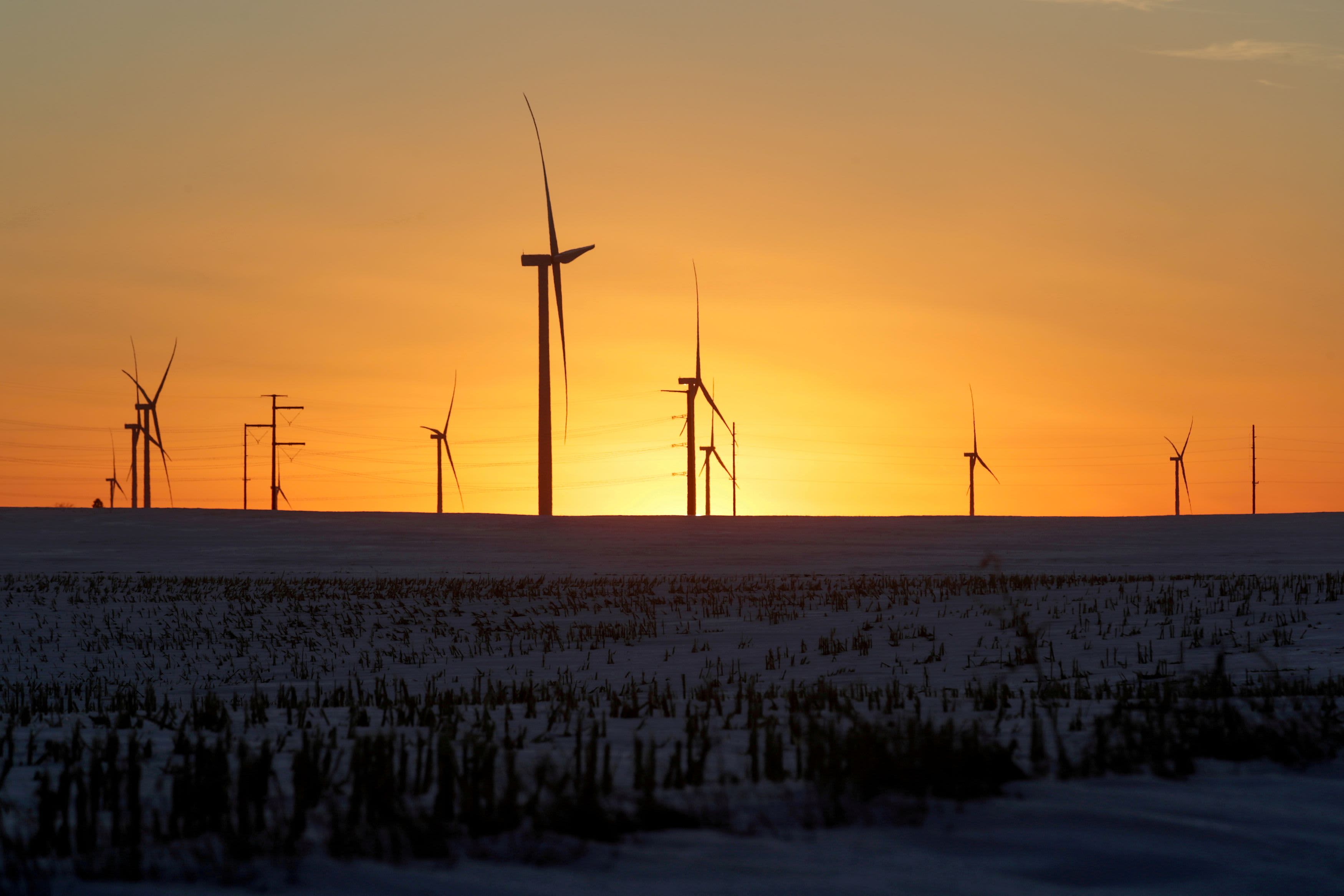
Environmental researchers have a stark warning for the sports world about the impact of climate change on the Winter Olympics: In the future, it may be harder to find reliable places to host the Games.
The study, led by Daniel Scott, a geography professor at the University of Waterloo in Canada, found that if the world doesn’t curb greenhouse gases, only one of 21 former Winter Olympic cities will be considered climate-reliable by the end of the century.
But if countries cut their emissions in line with the Paris climate agreement’s targets, eight cities will remain reliable.
Only 1 Olympic City May Have Ideal Winter Conditions by End of Century
If carbon emissions remain high, climate change will likely make nearly all former Winter Olympic host cities unreliable in the 2080s based on poor weather conditions like low snow, wet snow, adverse temperatures and rain.
Source: Scott et al., "Climate change and the future of the Olympic Winter Games." Note: The 2000s is a baseline period including the years 1981–2010. The 2080s data is based on a high emissions model (RCP 8.5) of climate change.
Amy O’Kruk/NBC
Get top local stories in Connecticut delivered to you every morning. >Sign up for NBC Connecticut's News Headlines newsletter.
The study is notable because it surveyed elite winter sport athletes to determine which weather conditions are the most important for safety and fairness. The research team used feedback from 339 athletes and coaches from 20 countries to measure how Olympic host sites will fare in the 2050s and 2080s.
“The ranges [of responses] were quite wide but the consistency was that warmer temperatures felt more unsafe,” said Natalie Knowles, one of the study’s co-authors.
Knowles, a former international alpine ski racer, said she’s seen the impact of climate change on outdoor winter sports firsthand.
“I was seeing glaciers in areas where we ski just have less snow, be warmer” said Knowles, a doctoral candidate at the University of Waterloo. “Even in our training areas in Denver, we used to start skiing on them at the end of September. Then it was October. Then October became less reliable.”
Of the participants surveyed, 94% said they fear that climate change will adversely impact the future of their sport.
The study specifically asked participants for feedback on climate conditions, such as rain, temperature and snow, and the impact they have on performance. For example, lack of snow or rain can cause canceled training runs, venue changes or generally unsafe conditions.
Athletes Could Face Unsafe Weather Conditions in Many Host Cities If High Emissions Continue
Under the low emissions model, global greenhouse gases are reduced in line with the Paris Climate Agreement targets. Under the high model, emissions continue on their current trajectory.
Note: Low snow: days with less than 4 inches of snow. Wet snow: days with temperatures greater than 41°F. Adverse temperature: Days with temperatures warmer than 50°F or below -4°F. Rain: Days with greater than 1mm of rain. The 2000s is a baseline period including the years 1981–2010. Source: Scott et al., "Climate change and the future of the Olympic Winter Games."
Amy O’Kruk/NBC
Based on these responses, the researchers determined four primary categories for unfair-unsafe indicators: low snow, rain, wet snow and unacceptable temperatures (temperatures greater than 50°F or below -4°F).
Of the 21 former host cities studied, four of them – Squaw Valley, Chamonix, Garmisch-Partenkirchen and Sochi – are already considered unreliable, defined as having one or more unfair-unsafe indicators occur more than 50% of the time.
That picture grows grim in future projections. If emissions benchmarks set by the Paris agreement aren’t met, up to five more cities could make that list by 2050. If emissions stay the same, that number swells to 14 by 2080, leaving Sapporo, Japan, as the lone reliable site.
Knowles acknowledged the International Olympic Committee (IOC) has been proactive on matters of sustainability and climate change; the IOC has moved sustainability to the forefront of its agenda, creating a third pillar of Olympism, along with sport and culture.
Spectators will get to see those efforts on full display at the Paris Olympics in 2024. Organizers have continued to announce different ways they plan to utilize existing venues, from hosting the Opening Ceremony on the Seine to equestrian events taking place in the Palace of Versailles.
“I think the goal in writing this paper is to add more ways to incorporate this kind of analysis into where they’re picking events and also how they’re adapting to them,” Knowles said.
The Olympics themselves aren’t in the greatest jeopardy, according to Knowles. It’s at the grassroots level, that athletes – and the sports themselves – will pay the highest price.
“I think with climate moving forward, there’s just going to be less opportunity and a lot of the unfairness or inaccessibility will be due to the broader climate impacts, not necessarily events like the Olympics,” Knowles said.
She pointed to Horstman Glacier, a popular training run in Whistler, Canada, that recently shut down due to glacier melt. She said when major training hubs are no longer usable, athletes are forced to look elsewhere, often in Europe and South America.
“The costs are greater and then it’s less accessible and you’ve got less participants," she said.
This could still have major consequences for the Winter Olympics, she said. When the stakes are highest, athletes will push themselves to any limits to try to meet them.
“At the Olympics, where every athlete is putting themselves pretty much on the line, this is what their career’s built up to do,” Knowles said. “If the conditions aren’t fair or safe it kinda changes what that competition’s about.”




